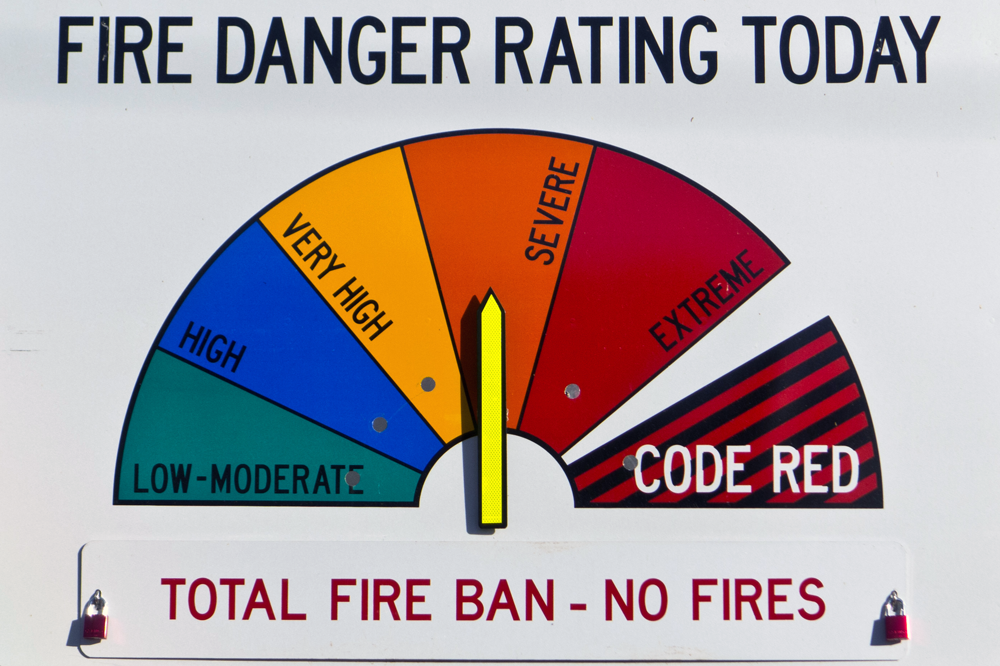Every year an average of 70,000 wildfires are started, burning over 8 million acres of land in the United States. Current land management protocols allow fires that are started on public lands, from natural causes (lightning or lava), and which do not threaten personal property or human lives, to continue to burn. This is an essential process for keeping forests and grasslands healthy. However of those annual fires, over 60,000 (85%) of them are caused by humans and must be contained (1).
Wildfire prevention costs the federal government over 3 billion dollars annually. In severe drought years, such as the one we're currently in, a rise of 7% (or 210 million dollars) is anticipated.
Backcountry travellers and car campers alike can help reduce the costs and repercussions of a serious fire by learning and abiding by the local land agency fire restrictions and practices. However, it is important to also educate yourself on what to do if you are caught in a wildfire.
Before a Wildfire Starts
Assessing the current wildfire threat levels and fire restrictions should be one of the first tasks you complete when planning a trip. Depending on the level of fire restrictions currently in place you may be limited in the following ways:
- Campfires- Restrictions can be in place where campfires are only allowed in designated rings, certain campgrounds, below certain elevations, or not permitted at all. When permitted, campfires should be small and under constant supervision. Before going to sleep or departing, all fires should be doused with water and cool to the touch. Never leave a fire unattended!
- Stoves- Use of liquid, canister, or petroleum jelly stoves are usually permitted. During severe times only cold camping is allowed. Pay special attention to twig and alcohol based stoves, as they often have special rules.
- Fireworks- Most land agencies don't allow the use of fireworks at any time.
- Smoking- Depending on the fire threat level you may need to smoke within designated buildings or inside a vehicle. Embers from partially snubbed cigarettes are one of the primary sources of human caused fires. Click to Tweet
- Off-Road Vehicle- Spark arresting devices such as generators, machinery, and off-road vehicles are frequently allowed, but high fire risk bans all three options.

Some state and land agencies require (often free) permits for any backcountry travel. California, for instance, has a one-year permit that is easy to obtain online. Permits provide further information regarding when you can and cannot use certain items.
Understanding current restrictions can go a long way towards reducing human-caused fires, however as an outdoor community we have to hold ourselves and each other accountable. Many people are uninformed and still use the wilderness. If you come across someone who is violating a current fire ban, and if you feel comfortable with the situation, please inform them of their transgression in a polite and educational manner. Folks that are blatantly violating current policies should be reported to the governing land agency as soon as possible.










